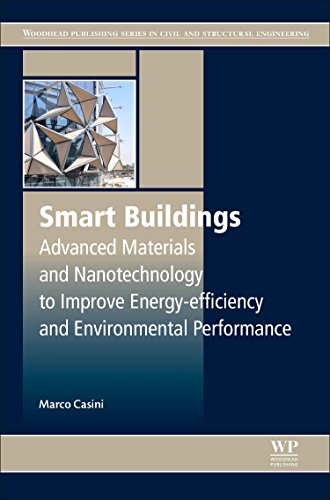

Most ebook files are in PDF format, so you can easily read them using various software such as Foxit Reader or directly on the Google Chrome browser.
Some ebook files are released by publishers in other formats such as .awz, .mobi, .epub, .fb2, etc. You may need to install specific software to read these formats on mobile/PC, such as Calibre.
Please read the tutorial at this link: https://ebookbell.com/faq
We offer FREE conversion to the popular formats you request; however, this may take some time. Therefore, right after payment, please email us, and we will try to provide the service as quickly as possible.
For some exceptional file formats or broken links (if any), please refrain from opening any disputes. Instead, email us first, and we will try to assist within a maximum of 6 hours.
EbookBell Team

4.7
26 reviewsSmart Buildings: Advanced Materials and Nanotechnology to Improve Energy Efficiency and Environmental Performance presents a thorough analysis of the latest advancements in construction materials and building design that are applied to maximize building efficiency in both new and existing buildings.
After a brief introduction on the issues concerning the design process in the third millennium, Part One examines the differences between Zero Energy, Green, and Smart Buildings, with particular emphasis placed on the issue of smart buildings and smart housing, mainly the ‘envelope’ and how to make it more adaptive with the new possibilities offered by nanotechnology and smart materials.
Part Two focuses on the last generation of solutions for smart thermal insulation. Based on the results of extensive research into more innovative insulation materials, chapters discuss achievements in nanotechnology, bio-ecological, and phase-change materials. The technical characteristics, performance level, and methods of use for each are described in detail, as are the achievements in the field of green walls and their use as a solution for upgrading the energy efficiency and environmental performance of existing buildings.
Finally, Part Three reviews current research on smart windows, with the assumption that transparent surfaces represent the most critical element in the energy balance of the building. Chapters provide an extensive review on the technical features of transparent closures that are currently on the market or under development, from so-called dynamic glazing to bio-adaptive and photovoltaic glazing. The aesthetic potential and performance limits are also be discussed.